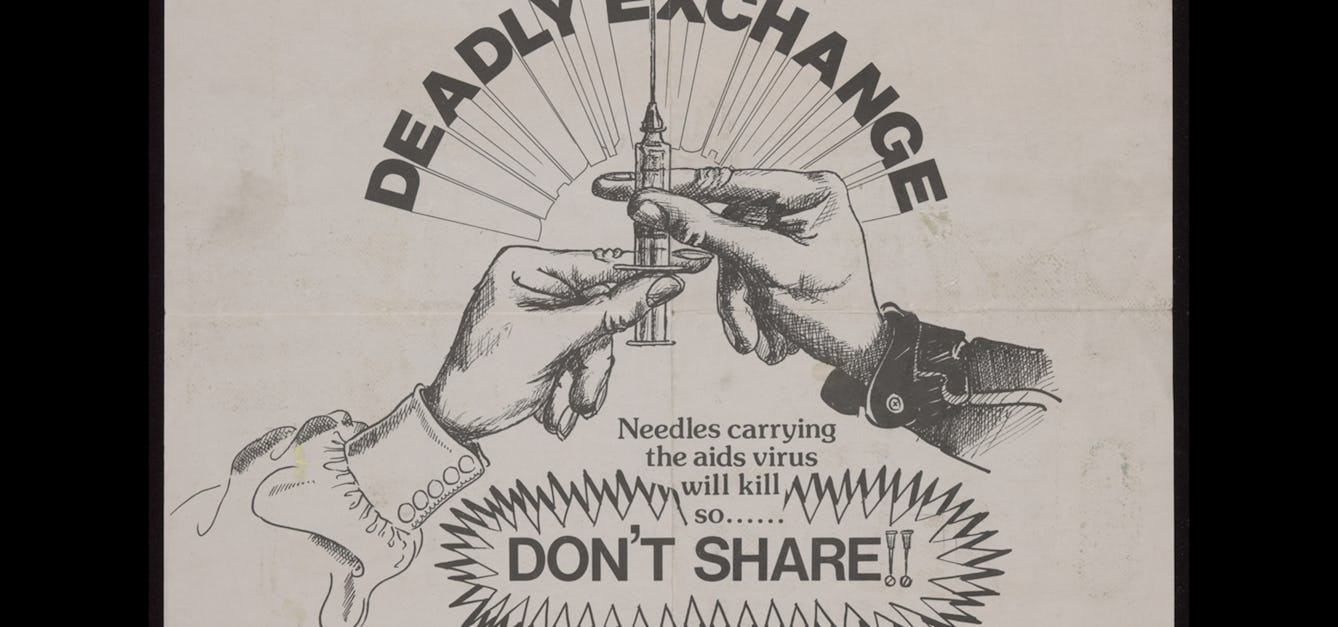Stories

- Article
In the tracks of Derek Jarman’s tears
Researcher E K Myerson shares her moving encounters with the personal papers of artist and filmmaker Derek Jarman.

- Article
Rejecting shame and a decade of change
Jess Thom spent years trying to ignore and suppress the tics of Tourette’s syndrome. Read what happened when she decided to celebrate them instead.

- Article
A story of death, trauma and austerity
Marienna Pope-Weidemann, whose teenage cousin Gaia died after going missing, advocates a rethink of our systems, which currently fail many in mental distress.

- Article
Guerrilla public health
From safe-use guides to needle exchange schemes, Harry Shapiro reflects on 40 years of drug harm reduction in the UK.
Catalogue
- Journals
- Online
Tory Tatler
- Books
- Online
Tory pills to purge Whig melancholy. Being a collection of the best poems, songs, &c. written in defence of church and state.
Date: [1715]- Books
- Online
Tory partiality detected: or, a True State of the Poll and Scrutiny of Broad-Street Ward, on The Election of an Alderman in the room of Sir Joseph Wolfe deceas'd: Begun the 13th of September, 1711. and continu'd by several Necessary and Unavoidable Adjournments to the 27th of October following: Before the Right Honourable Sir Gilbert Heathcot Kt. late Lord Mayor of the City of London.
London (England). Broad Street Ward.Date: [1712]- Books
- Online
The true picture of an ancient Tory, in a dialogue between Vassal a Tory, and Freeman a Whig.
Date: Printed in the Year, 1702- Books
- Online
The Tory catechism, being an account of the conduct and measures of the Scots Tories, in a conference betwixt an eminent Tory and a young Scots lord of a Tory family.
Date: 1715









